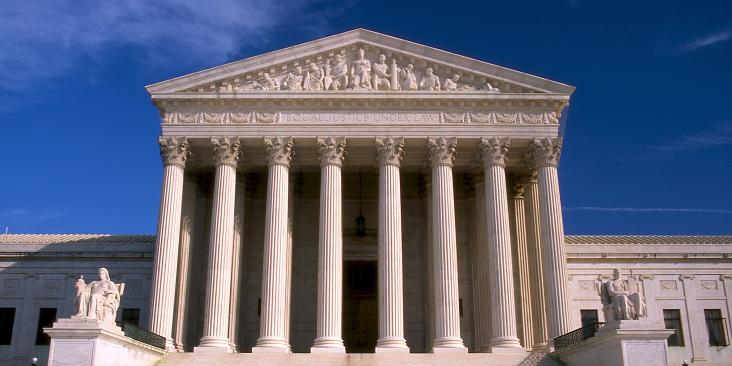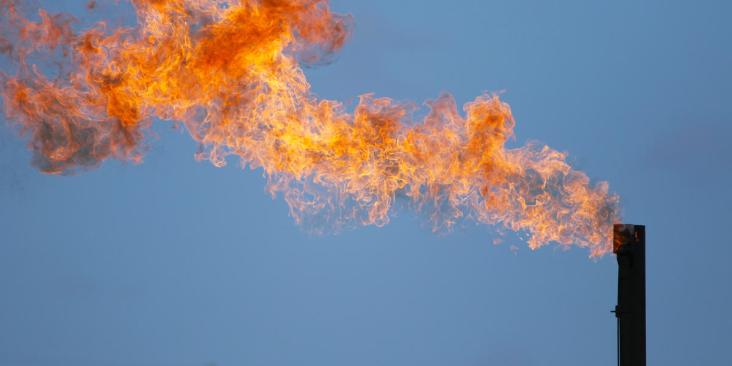 Our new Clean Energy Economic Development Series highlights the successful creation of clean energy clusters in Ohio, Iowa and Colorado. Some report highlights:
Our new Clean Energy Economic Development Series highlights the successful creation of clean energy clusters in Ohio, Iowa and Colorado. Some report highlights:
- Ohio experienced record investment and merger and acquisition deals in clean energy in 2010 and 2011. Ohio also significantly increased patents in batteries, fuel cells and wind technologies, moving up in national rankings in all three areas.
- The Metro Denver region alone had about 1500 companies and 18,000 workers in the cleantech sector in 2011, and achieved a 35 percent increase in direct employment growth since 2006.
- Iowa leads with the second-highest installed wind capacity in the nation, and is one of only two states that receive over 20 percent of electricity from wind power. According to the American Wind Energy Association, Iowa has attracted more major wind industry manufacturers than any other state.
While the road map to economic growth differs somewhat for each region or state, these road maps share a formula for success where policy and economic development actions work together across three fronts: (1) stimulating demand for clean energy products and services, (2) seeding innovation in clean energy solutions and (3) recruiting and supporting new firms, jobs, and workforce skills in clean energy.
But the work is just starting, not just for Ohio, Iowa and Colorado, but for all states. Every state needs to look to expanding clean energy policy and actions, for example:
Stimulating Demand: The American Taxpayers Relief Act (ATRA) provides critical federal support for wind energy through a production tax credit (PTC), as well as extending energy efficiency tax credits for residences and businesses. (Under current law, the solar investment tax credit remains in effect through December 31, 2016.) The wind tax credit helps create customers for the nearly 500 wind manufacturing facilities across the country. Renewable Portfolio Standards (RPSs) should be strengthened (and certainly not weakened as in Michigan). Utilities need incentives to invest in smart grid, energy efficiency and other demand-side management programs. New policies, such as on-bill repayment (OBR), should be passed to create customers for energy efficiency while saving consumers and businesses money.
 Innovation: As spending debates loom, we need to maintain investments of federal dollars in clean energy research and development (R&D). States need to create local programs, such as Ohio’s Third Frontier which promotes technology commercialization. Third Frontier has helped take the fuel cell industry in Ohio to a new level (measured by higher patent rankings in fuel cells and batteries).
Innovation: As spending debates loom, we need to maintain investments of federal dollars in clean energy research and development (R&D). States need to create local programs, such as Ohio’s Third Frontier which promotes technology commercialization. Third Frontier has helped take the fuel cell industry in Ohio to a new level (measured by higher patent rankings in fuel cells and batteries).
Recruiting & Workforce Development: Smart grid investments create modern infrastructure and resilience that is valuable to companies. Other recruitment tools include easy siting — Iowa City created a Wind Energy Supply Chain Campus that is “shovel-ready” for wind-related companies – and the availability of skilled labor. Iowa Lakes Community College trains 200 students a year in construction, operations and maintenance of wind turbines using five training labs at the college.
Clean energy policy and economic development go hand-in-hand because America needs growth sectors to reduce unemployment. A Brookings Study of clean economy jobs found that between 2003 and 2010, the newer, “cleantech” sub-sector related to energy efficiency and renewable energy grew at a “torrid pace” across the nation. (Wind: 14.9%, Solar Thermal: 18.4%, Solar PV: 10.7%, Fuel Cells: 10.3%) As Ohio, Iowa and Colorado have shown, clean energy can deliver economic growth.










One Comment
I can’t help but think that more economic development would result by making fossil fuels “cleaner (i.e. less greenhouse gas producing, more energy-efficient, etc.) rather than by putting taxpayer money into solar and wind power which, when you take away all the tax breaks and credits, costs roughly 50 times what fossil fuels cost on a per megawatt-hour basis.